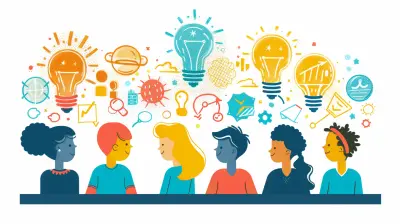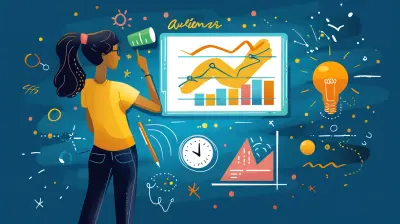Engaging Students through Interdisciplinary Learning Projects
25 October 2025
Let's face it—keeping students engaged in today's world of viral videos, endless scrolls, and instant gratification is a constant battle. It’s like trying to hold a cat’s attention with a math textbook. Unless you’re tossing in something sparkly or making it move, good luck. So, how do we capture and sustain student interest? Enter: Interdisciplinary Learning Projects!
If you’re a teacher, an educator, or just someone who gives a hoot about how students learn, buckle up. This sassy, bold, no-fluff guide is here to break down why interdisciplinary projects are the Beyoncé of education strategies. Let’s roll up our sleeves and dive into the juicy details.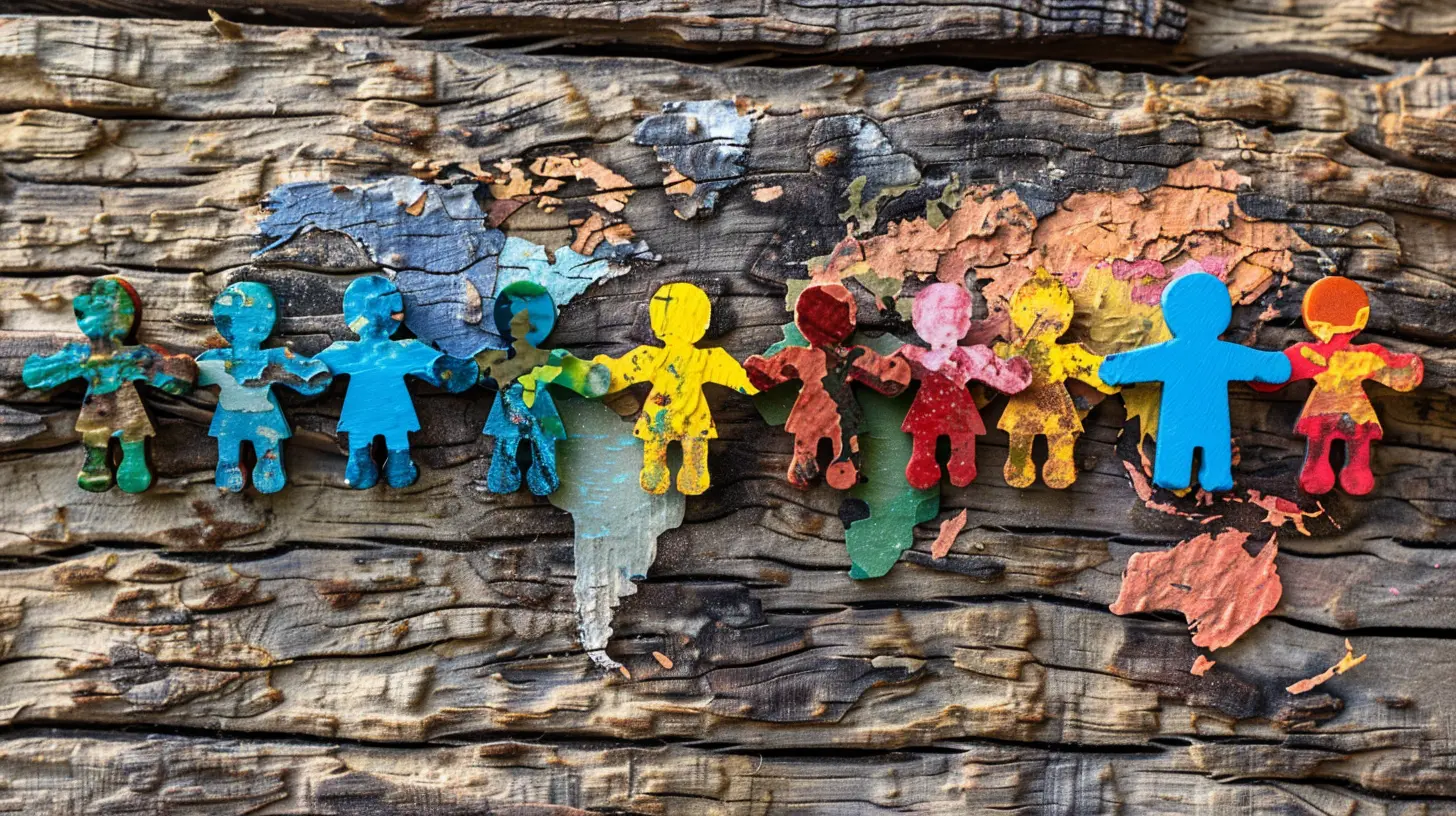
🎓 What the Heck Is Interdisciplinary Learning Anyway?
Before we start tossing confetti over this teaching method, let’s define it in plain English.Interdisciplinary learning means blending knowledge and skills from different subject areas into one, cohesive learning experience. It's like making a smoothie with strawberries (science), bananas (history), spinach (math—don’t fight me), and a scoop of protein powder (art). Individually, they're good. Together? They're a powerhouse.
Instead of teaching subjects in silos—math here, English there, science in a vacuum—students explore real-world problems that demand cross-subject thinking. This isn’t just about checking boxes on a curriculum map; it’s about igniting curiosity that spills beyond the classroom walls.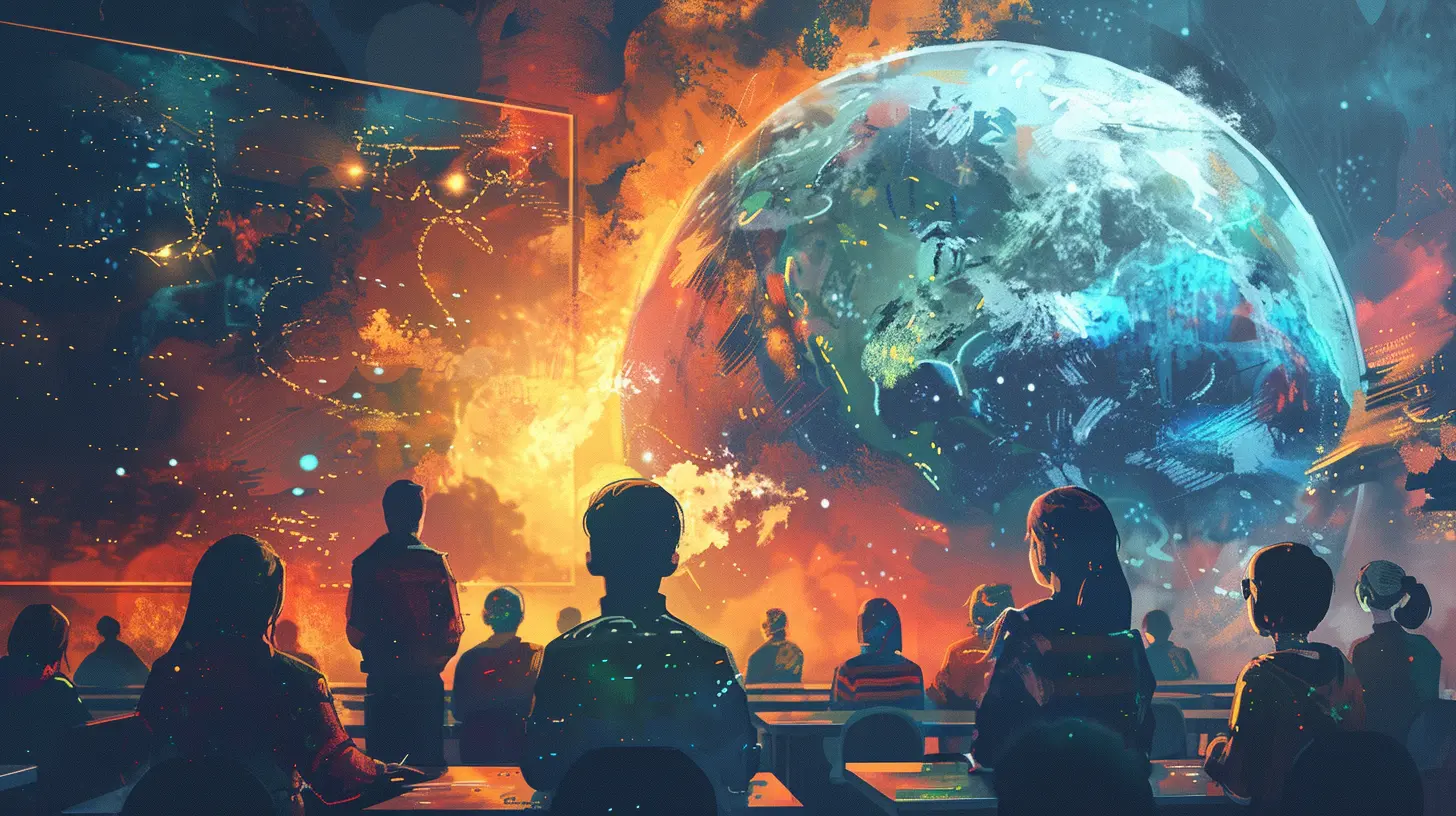
✨ Why Should We Care? (Spoiler: We Absolutely Should)
Interdisciplinary learning projects aren't just educational fluff. They bring serious benefits to the table, and let’s be honest, they make learning way more fun.1. It Mirrors the Real World
Show me one real-world job that only uses algebra. Go on, I’ll wait.Engineers need physics and creativity. Journalists use storytelling, research, ethics, and tech. Even ordering coffee at a new café takes a bit of language, quick math, and social skills. Life isn’t divided by subject—so why should learning be?
Interdisciplinary projects help students connect the dots. They see how history affects politics, how art can influence activism, how science shapes technology. That’s called relevance, baby.
2. It Sparks Curiosity and Creativity
Let’s say you ask students to design a sustainable city. Now they’re pulling in geography, environmental science, architecture, economics, and creativity. Suddenly, learning feels like solving a puzzle instead of reading chapter 5 out loud. Boooooring.This kind of project fires up both sides of the brain. We’re talking logical analysis and abstract thought, sequential steps and imagination—basically a literary and scientific dance party.
3. It Builds Collaboration and Communication Skills
No one succeeds in isolation (except maybe your neighborhood wizard). Most careers require teamwork, communication, and project management. Students working on interdisciplinary projects learn to negotiate ideas, listen actively, and present their work.Translation: it’s social boot camp with a side of brain gain.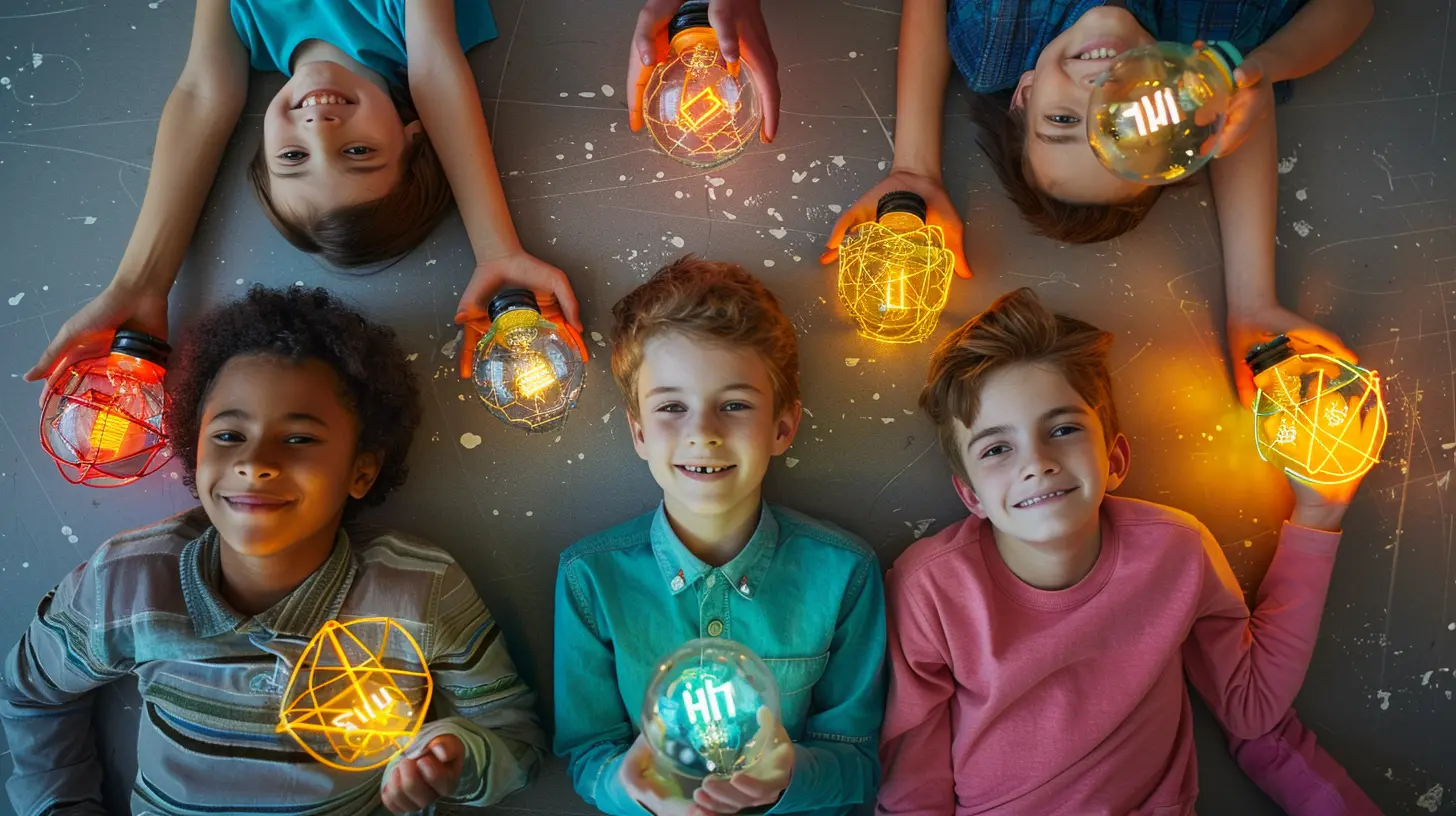
🧠 Real-World Examples That Actually Work
Alright, enough theory. Let’s talk about some real-world, knock-your-socks-off projects that ooze interdisciplinary gold.💡 Project: Design a Mars Colony
Subjects Involved: Science, Math, Geography, Engineering, LiteratureStudents must research Mars (hello, science), calculate energy needs (math alert!), design habitats (engineering + art), and write diary entries as colonists (language arts). You can even toss in ethics: Should we colonize Mars at all?
Boom. Engagement level: interstellar.
🎭 Project: Protest Through Art
Subjects Involved: Social Studies, History, Art, EnglishIn this project, students dive into past social movements, analyze art and media used, and create their own protest pieces (poetry, posters, short films) about a cause they care about.
Not only does this squeeze every ounce of creativity from students, but it also builds empathy and awareness. Yes, please.
🌱 Project: School Garden to Table
Subjects Involved: Biology, Math, Economics, Culinary Arts, Environmental ScienceStudents plan a school garden, calculate costs, explore soil chemistry, track plant growth, and design recipes or presentations for a community lunch. Try topping that with a textbook worksheet.
🧩 How to Build an Interdisciplinary Learning Project (Without Losing Your Mind)
Let’s get practical. Here’s how to create a fabulous interdisciplinary project without pulling your hair out.Step 1: Start with a Big, Juicy Question
Begin with a real-world problem or question. Something open-ended, complicated, and just a bit messy.- How can we make our school more eco-friendly?
- What would it take to live on another planet?
- How do stories shape society?
These questions are your North Star. Keep referring back to them.
Step 2: Rope In Multiple Subjects
Next, figure out which subject areas naturally connect to the question. Don’t force it—find those organic overlaps.Ask other teachers what they’re covering and get creative. Math + art? Science + language arts? The combos are endless.
Step 3: Make It Student-Centered
Let students choose how they want to present their learning. Podcasts, plays, digital stories, mini-documentaries, posters—you name it.When students have creative control, the buy-in skyrockets. They’re not just doing the thing. They own the thing.
Step 4: Build Assessment Into the Process
Don’t wait till the end to grade everything. Check in throughout the process with rubrics, reflections, and checklists. Not only does it reduce that end-of-term chaos, but it helps students focus on skills like collaboration, research, and reflection.🧪 Warning: Interdisciplinary Projects Aren’t Perfect (But They’re Worth It)
Yes, they can be messy. Collaboration among teachers takes time. Planning can be complex. And sometimes, the connections between subjects are a bit of a stretch.But guess what? The trade-off is worth it.
That moment when a student says, “Wait… so this connects to what we’re doing in science?!”—that’s gold. That’s engagement. That’s real learning.
So give yourself grace. Try one small project. Reflect. Tweak. Try again. You don’t have to flip your entire curriculum overnight.
🙌 Tips for Teachers to Kick-Start the Magic
Let’s get you started with a few bite-sized, confidence-boosting strategies.✅ Keep It Simple (At First)
You don’t have to create the next TED Talk. Start with two subjects and a one-week project. Crawl before you jump into a cross-curricular marathon.✅ Collaborate with Other Educators
Find your teacher tribe. Chat at lunch, share ideas, and back each other up. You’ll realize you’ve got more overlap than you thought.✅ Build Student Voice Into the Mix
Let students weigh in on what topics excite them. Engagement goes up when they feel like co-creators, not just task-doers.✅ Use Tech Like a Boss
Digital portfolios, collaborative docs, video editing tools—all fantastic ways to showcase interdisciplinary work. Plus, they prep students for the digital world.🚀 Why This Isn’t Just a Trend—It’s the Future
Interdisciplinary learning isn’t the “next big thing.” It’s the now thing. It produces thinkers, creators, leaders—not just test-takers.In a world that demands adaptability, empathy, and big-picture thinking, students need more than content recall. They need to connect. To collaborate. To create.
And interdisciplinary learning projects are the secret sauce.
Final Pep Talk: Let’s Shake Up the System
To every teacher reading this—don’t underestimate your power. You are the curator of creativity, the architect of aha-moments, the spark behind the student who finally “gets it.”Interdisciplinary learning projects? They’re not just a teaching tool. They’re a cultural reset.
So go ahead. Get messy. Mix subjects. Take risks. Because the future belongs to those who can connect the dots. And that starts—with you.
all images in this post were generated using AI tools
Category:
Student EngagementAuthor:

Olivia Lewis
Discussion
rate this article
1 comments
Rhett Ramirez
Oh sure, because mixing subjects is totally revolutionary! Why didn’t we think of this before? Next, let’s try teaching them to read while they’re eating their lunch. Groundbreaking!
October 26, 2025 at 3:05 AM

Olivia Lewis
I appreciate your perspective! Interdisciplinary learning is about making connections that enhance understanding, not just mixing subjects. It encourages critical thinking and real-world application.
